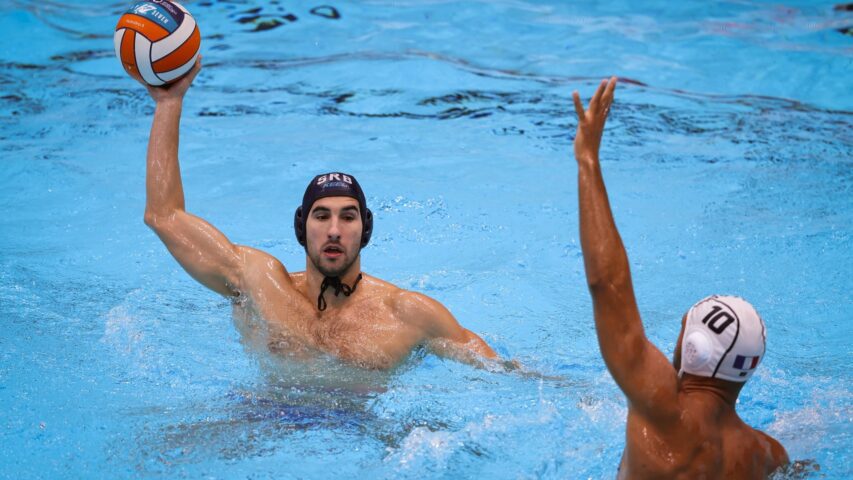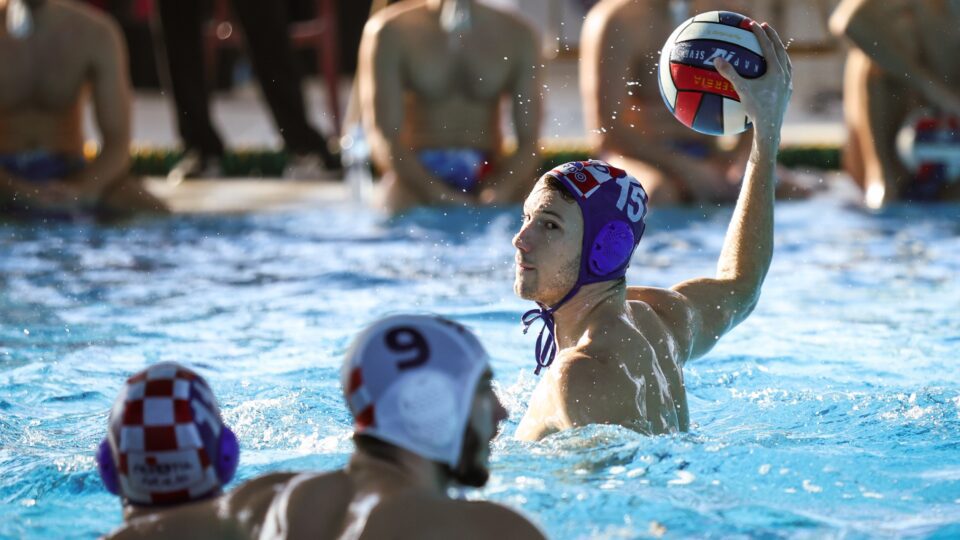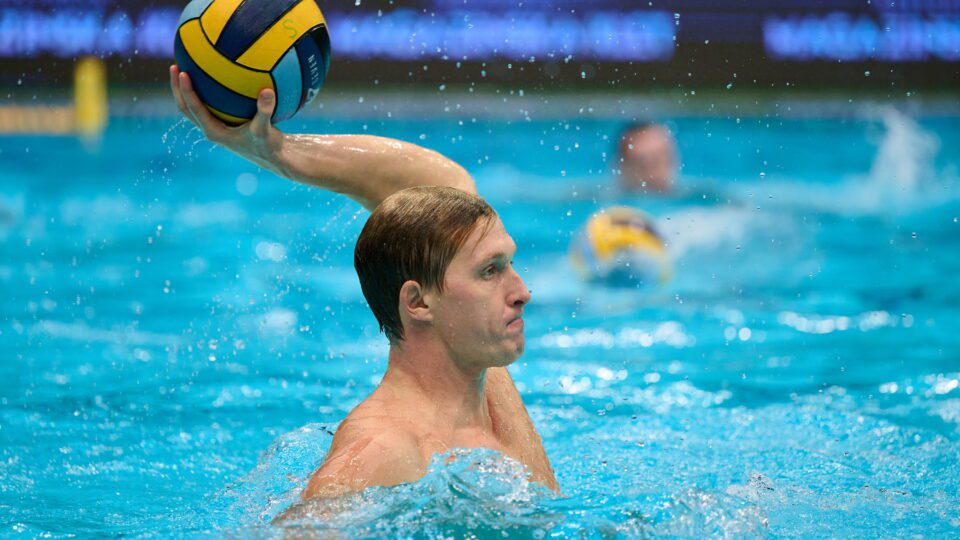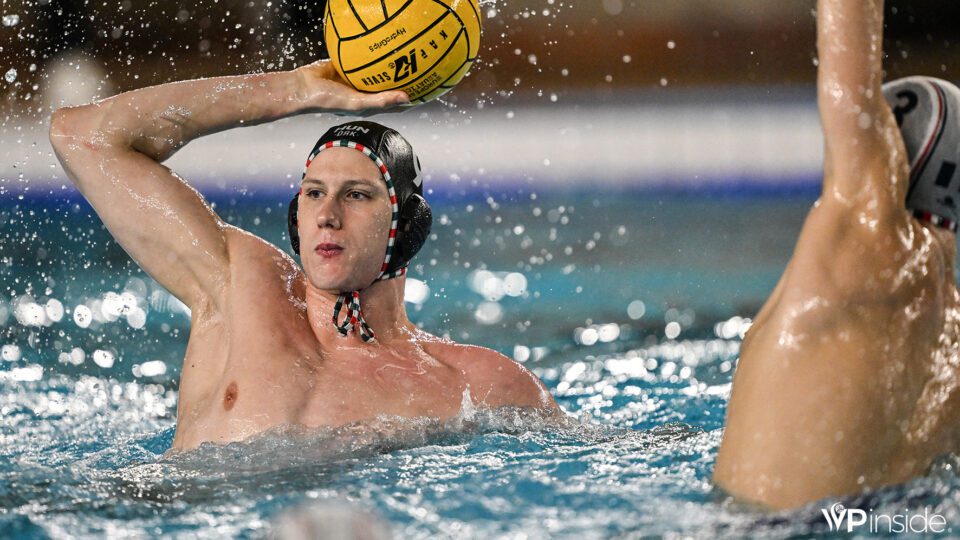Three years ago, Belgrade was chosen to host the 2026 European Men’s and Women’s Championships.
However, European Aquatics has since changed its decision. Today, European Aquatics announced that the 2026 Championships will be contested across two venues.
The men’s tournament is scheduled to take place in Belgrade from January 10 to 25, while the location and dates for the women’s event will be confirmed soon.
Originally expected to be a summer tournament, the 2026 Championships have been moved to winter, like in the Olympic years.
“The highly successful 2024 tournaments also took place in two countries, with Spain winning the men’s gold in Croatia, and the Netherlands lifting the women’s trophy on home soil in Eindhoven.” European Aquatics stated.
This indicates that Serbia will not host the Women’s European Championships next year. So, Serbia’s women’s team will have to battle for its European Championships ticket in the qualifications. The draw for the qualifications took place earlier in March. It was determined that Serbia would be the host of one of the four groups. However, after the draw, European Aquatics announced that Serbia had qualified for the Europeans as a host. Obviously, that has been changed.
New format – again
The European Men’s Championships will be played in the Belgrade Arena, where the 2016 Europeans took place. Ten years ago, more than 18.000 fans attended the final game in which Serbia defeated Montenegro.
The format of the competition has undergone changes (for the second time since 2022).
Teams will no longer be split into two divisions during the group stage as they were last year.
For the men’s 16-day tournament, Group Stage I will consist of four groups of four teams. Each group will include two nations that finished in the top eight in 2024 and two sides that will arrive from the qualifications.
Over three match days, each team will compete against every opponent in its group, with a day of rest between games.
Following Group Stage I, the top three teams from each group will advance to Group Stage II, merging the top 12 teams into two new groups of six: Group E (teams from Groups A and C) and Group F (teams from Groups B and D). Points accumulated during Group Stage I will be carried to the second phase, where each team will play three additional games against new opponents.
The four teams that finish at the bottom of the groups in Stage I will engage in a round-robin set of games to determine their final rankings (13th–16th place).
In Group Stage II, the top two teams from each pool will qualify for the semi-finals, while the remaining teams will face crossover classification games to determine the 5th-12th places.
Women’s tournament will be shorter than men’s Europeans
The women’s 11-day tournament will follow a similar structure to the men’s competition, starting with four groups of four teams. Each group will consist of two sides that finished in the top eight in 2024 and two nations that qualified through the qualification tournament.
The top two teams from each group will advance to Group Stage II, forming two new groups of four: Group E (teams from Group A and C) and Group F (teams from Groups B and D). In this second round, teams will carry over their points from the previous stage and play two additional games against new opponents.
The winners and runners-up from Group Stage II will progress to the 1st-4th semi-finals, while the 3rd and 4th placed teams will compete in the 5th-8th semi-finals. Additionally, the teams finishing 3rd and 4th in Group Stage I will form two new pools (G and H) of four teams each, before crossover classification games determine the 9th-16th rankings.
Already Qualified teams
Men’s European Championships: Spain, Croatia, Italy, Hungary, Greece, Serbia, Montenegro, Romania (the top 8 from the 2024 European Championships)
Women’s European Championships: Netherlands, Hungary, Spain, Greece, Italy, France, Great Britain, Croatia (the top 8 from the 2024 European Championships)
The qualification tournaments for the 2026 European Championships will be played in June.
More articles about the European Championships






